Christina Quarles on contorting your body to fit into the frame
Christina Quarles presents ‘Tripping Over My Joy’ at Pilar Corrias’ new flagship Mayfair space
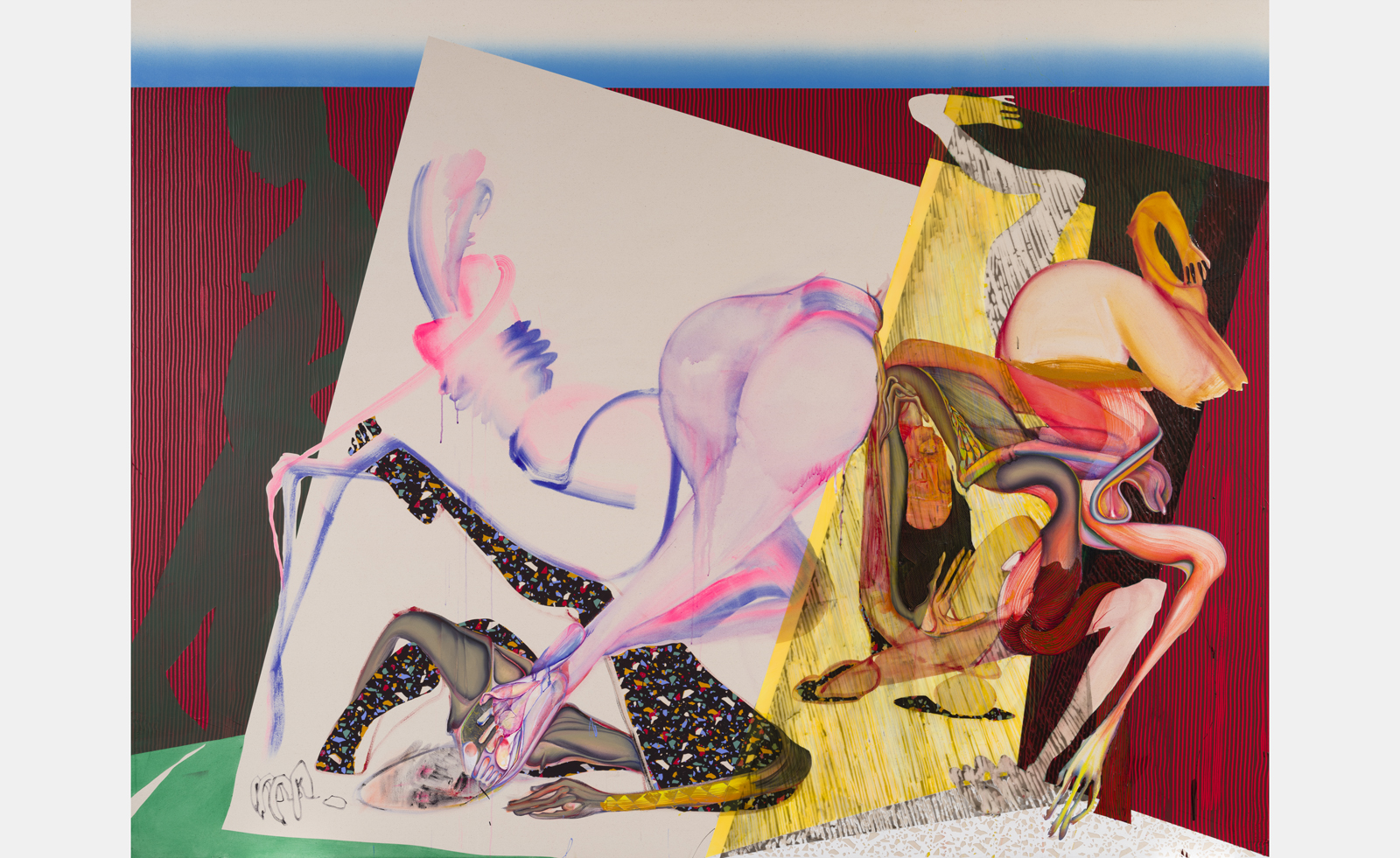
‘I’m not using descriptions of skin colour in the paintings to sum up racial experience or what it is to be in a racialised body,’ Christina Quarles explains. ‘Instead, I’m using this notion of what it is to come up against these multitudes of boundaries and multitudes of edge, and what it is to have to contort and bend your body to fit into the frame.’
Presented at Pilar Corrias’ new flagship Mayfair space, Quarles’ ‘Tripping Over My Joy’ continues the artist’s exploration of the concepts of identity and liminality through her vibrant and striking work. A century on from the publication of W.E.B. Du Bois’ The Souls of Black Folk, Quarles reimagines Du Bois’ notion of 'double consciousness' in her art, exploring the complexities of identity and perspective. Drawing from her own multifaceted experiences, she presents a unique visual perspective that challenges and inverts the idea of 'double consciousness' as she engages with a world marked by ambiguity and multiple layers of identity.
As with the rest of her oeuvre, perception remains at the heart of Quarles' artistic language. ‘I think that a big part of what motivates my practice is to find a shared language for an experience that isn’t always articulable,’ she explains. Her enigmatic forms, much like her psychedelic patterns and open visual planes, serve as rhetorical tools to abolish fixed ideas about rigid identity categories.
Christina Quarles: ‘Tripping Over My Joy’
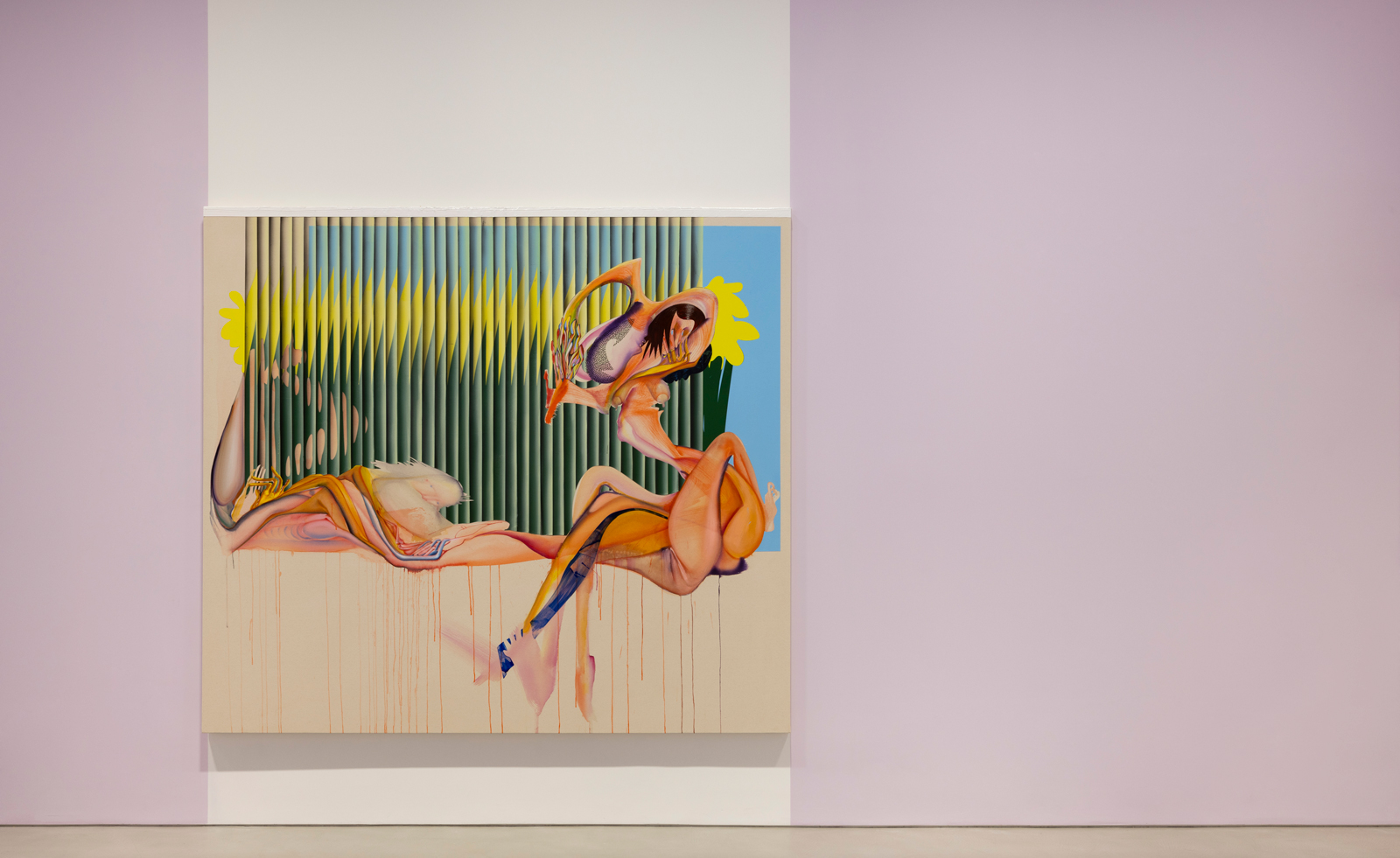
Installation view of Christina Quarles, ‘Tripping Over My Joy’
Here, Quarles’ work remains ever as playful, vibrant, and joyous – suffused with all the colours and radiant light of a Los Angeles summer. Employing lattice-like patterns, images of swimming pools, sunsets, and bold stripes, her canvases are transformed into intricate, layered environments, revealing multiple layers of meaning within her week.
Works like Fold Gently and And In The Shadow, Of Burning Light also see bodies rendered into shifting rainbows of purples, greens, pinks, oranges, their forms just as imaginatively abstracted into geometric shapes. Quarles’ enigmatic forms, however, are much like her psychedelic patterns and open visual planes – they serve as rhetorical tools, conveying the intricate nature of identity. In ‘Tripping Over My Joy’, pieces like Too Hot to Hoot and Burden Of Yer Own Making also introduce a tilted perspective, prompting a literal shift in how we perceive them. The use of painted containers accentuates the architectural elements in Quarles' paintings while exploring the physical boundaries of the canvas, legibility, and self.
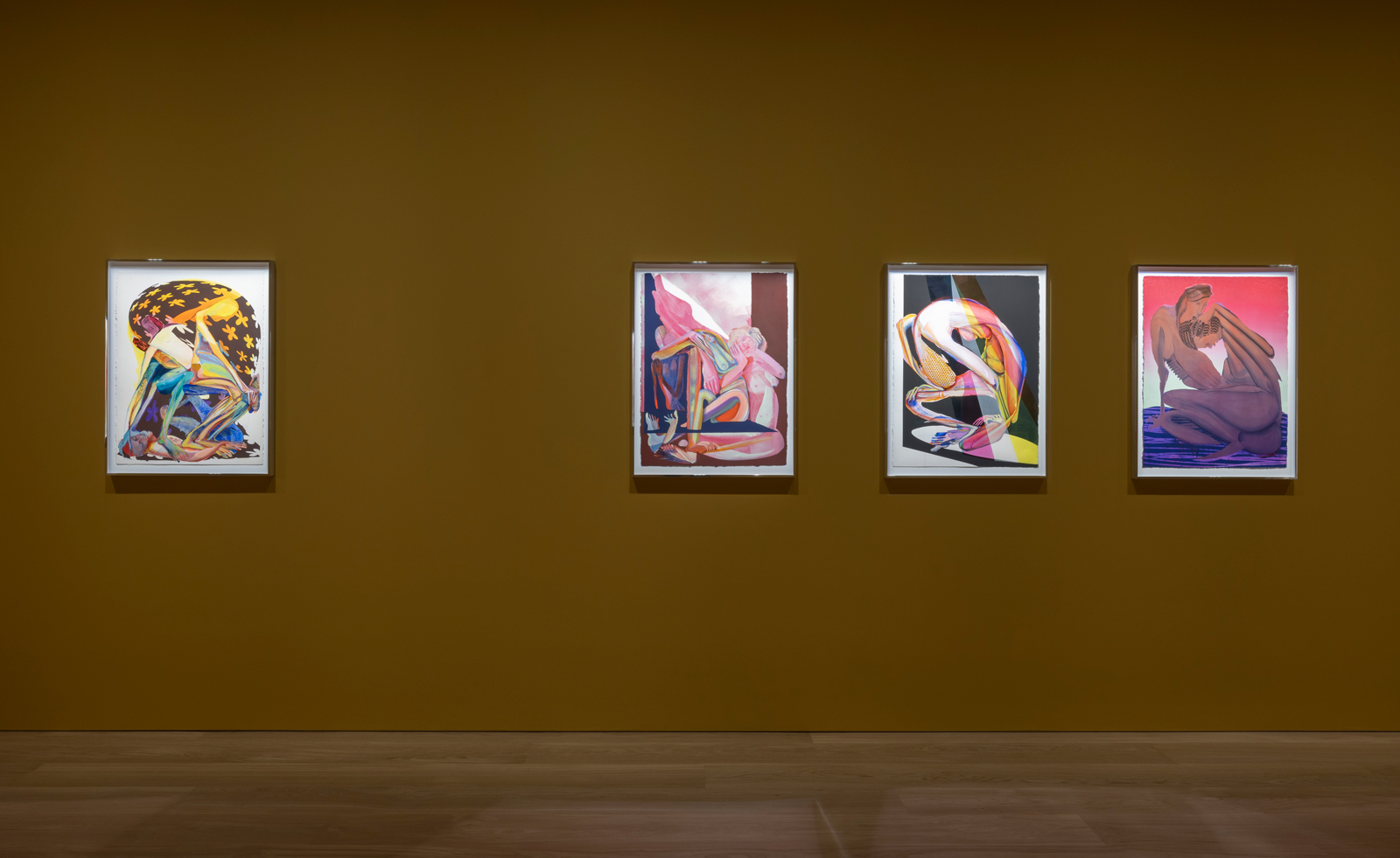
Installation view of Christina Quarles, ‘Tripping Over My Joy’
Woven throughout her expressive, gestural strokes are meticulously crafted geometric patterns. At first glance Quarles’ canvases seem to depict intertwined or outstretched bodies but, on closer inspection, they reveal themselves as fragments and disjointed limbs, animated by brushstrokes that seem to ripple with life. In her work, a single head might morph into three arms, while feet emerge in unexpected places. ‘The figure animation gets built through this sort of pivoting of a much more abstract brushwork process and then really it’s about honing in the abstraction into figuration, into a more representational scene, but one that isn’t fully rooted in any way,’ she explains.
These shapes, she explains, are created through an experimental process integrating drawing, painting, and digital technology. In a novel addition to her practice, ‘Tripping Over My Joy’ sees Quarles' smaller-scale paintings on paper challenge and redefine her physical connection to the artistic process. The condensed scale and brushwork provide an opportunity for the artist to distil the formal language honed in her larger works.
Receive our daily digest of inspiration, escapism and design stories from around the world direct to your inbox.
‘As I move from cabinets to canvas, the figuration stays largely at the same scales. That’s because it’s really in direct relation to the scale of my own body,’ Quarles suggests. ‘It’s something that I like about bringing the digital process into the work. [Adobe] Illustrator is designed to be infinitely scalable because it’s not a pixel-based program, so I can do a gesture on the computer and then make it really big or make it really tiny. That’s a way of separating my body from the mark-making that happens in my work.’ The result is something profoundly exciting, if sometimes beyond words.
‘Tripping Over My Joy’ is at Pilar Corrias until 16 December 2023
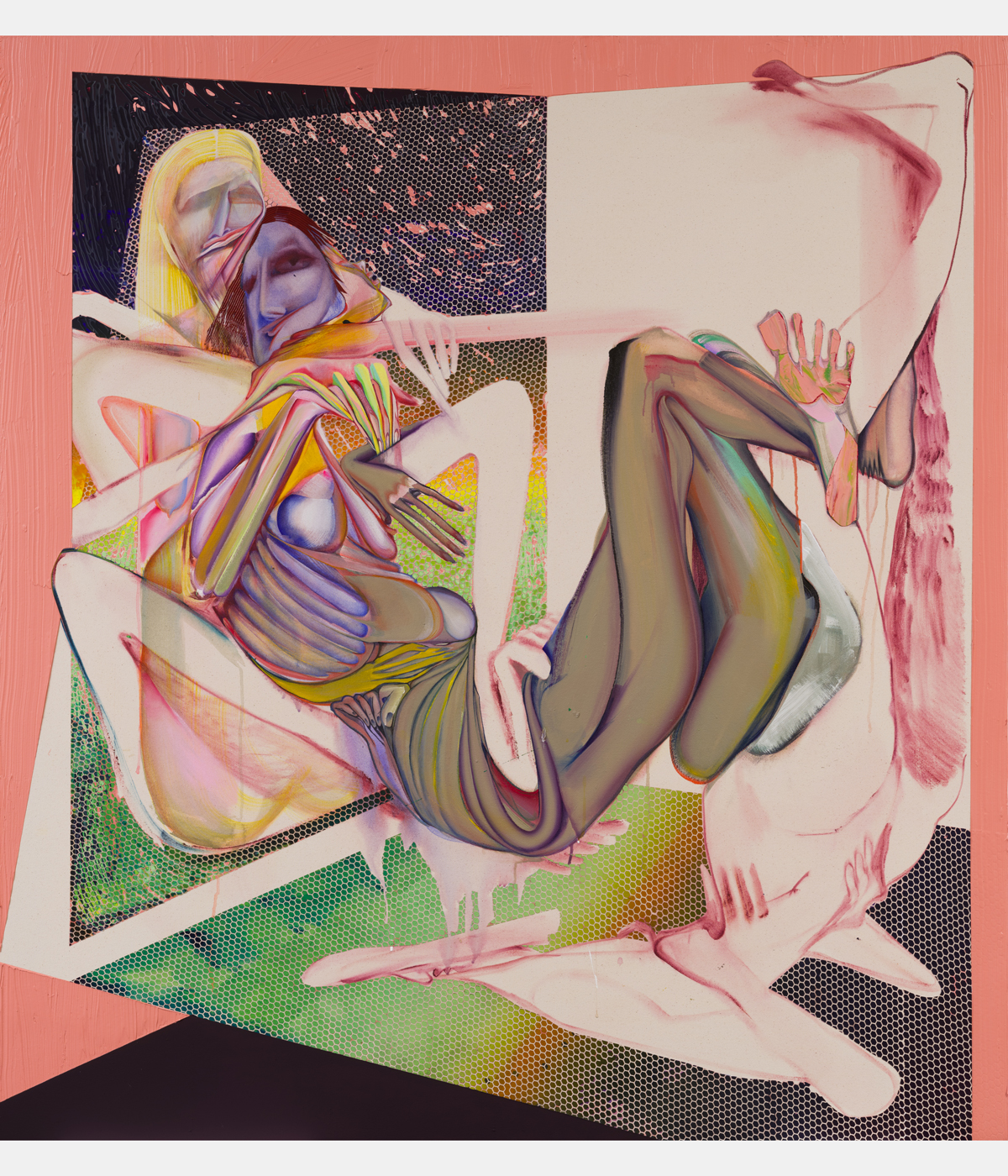
Christina Quarles, I Dream Of All Day Long, 2023, Acrylic on canvas
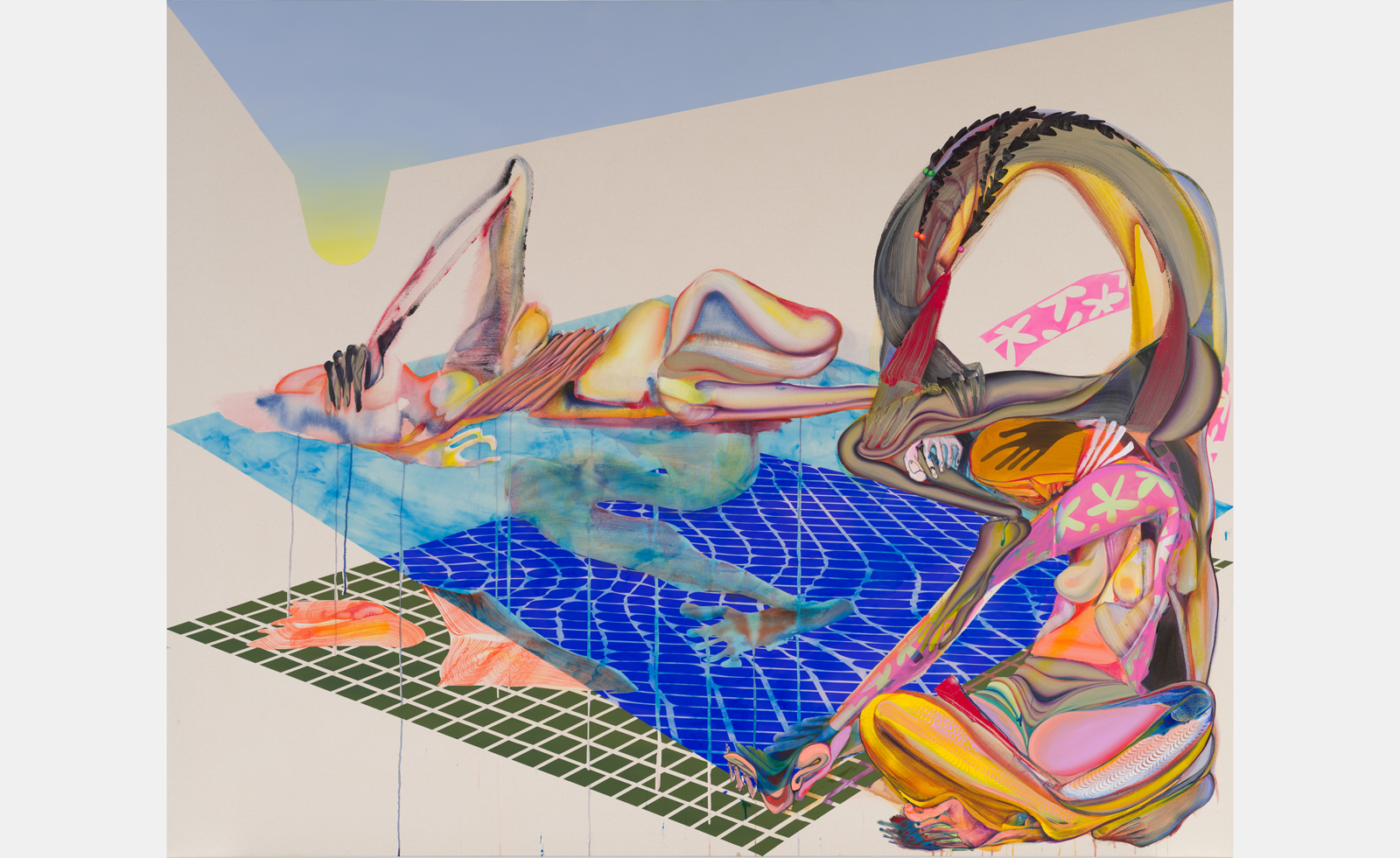
Christina Quarles, Too Hot To Hoot, 2023. Acrylic on canvas
Katie Tobin is a culture writer and a PhD candidate in English at the University in Durham. She is also a former lecturer in English and Philosophy.
-
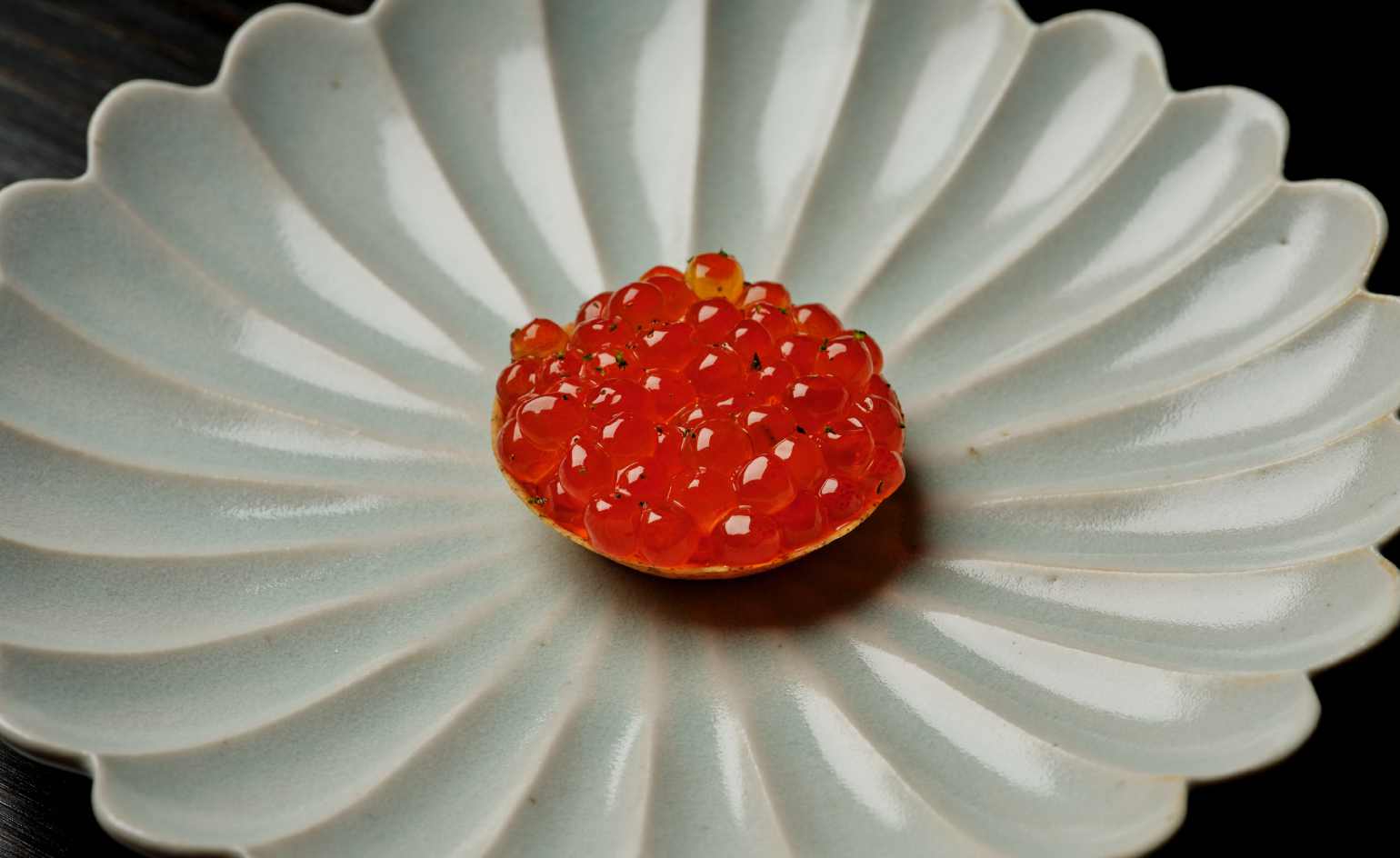 This cult Los Angeles pop-up restaurant now has a permanent address
This cult Los Angeles pop-up restaurant now has a permanent addressChef Brian Baik’s Corridor 109 makes its permanent debut in Melrose Hill. No surprise, it's now one of the hardest tables in town to book
-
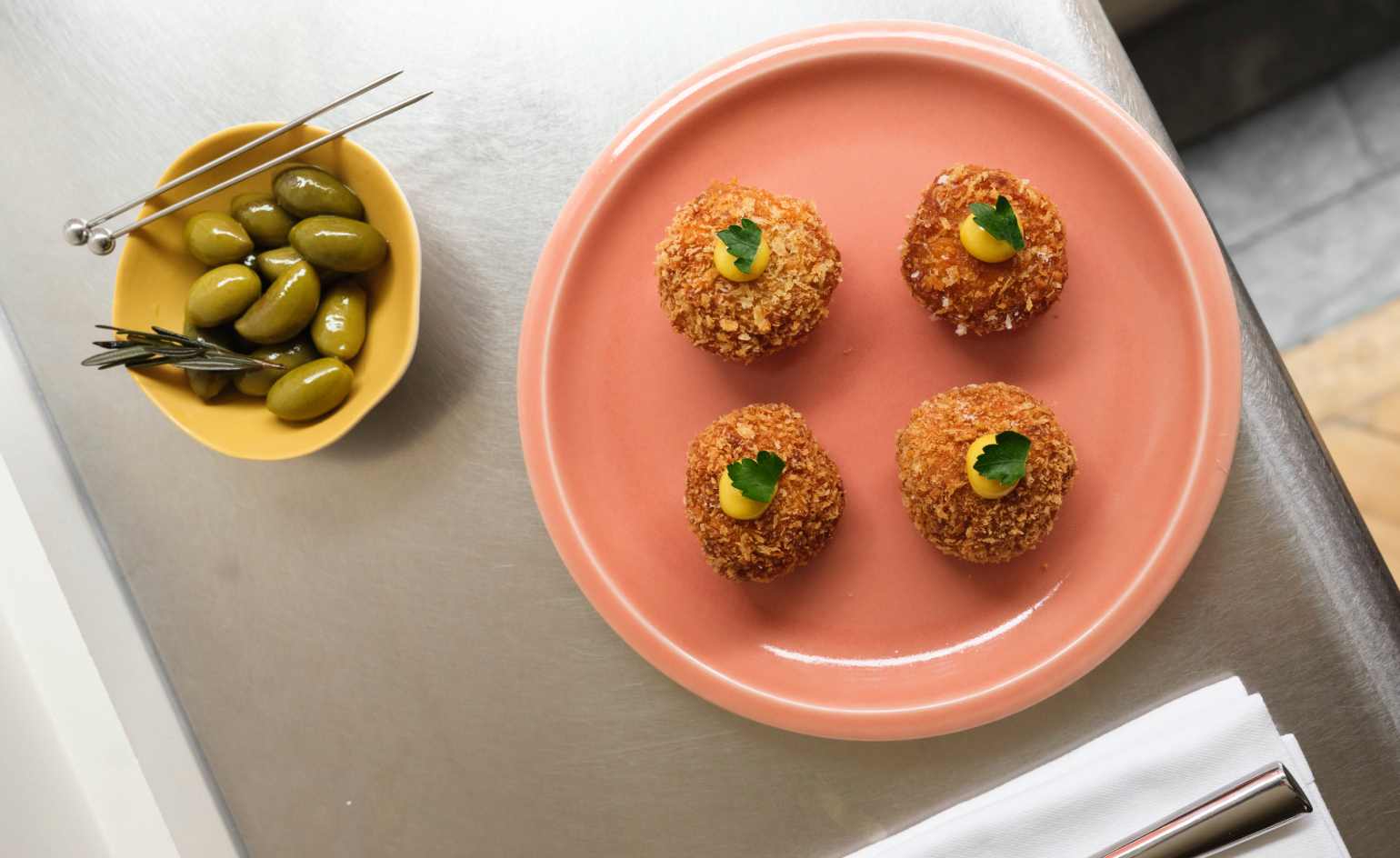 French bistro restaurant Maset channels the ease of the Mediterranean in London
French bistro restaurant Maset channels the ease of the Mediterranean in LondonThis Marylebone restaurant is shaped by the coastal flavours, materials and rhythms of southern France
-
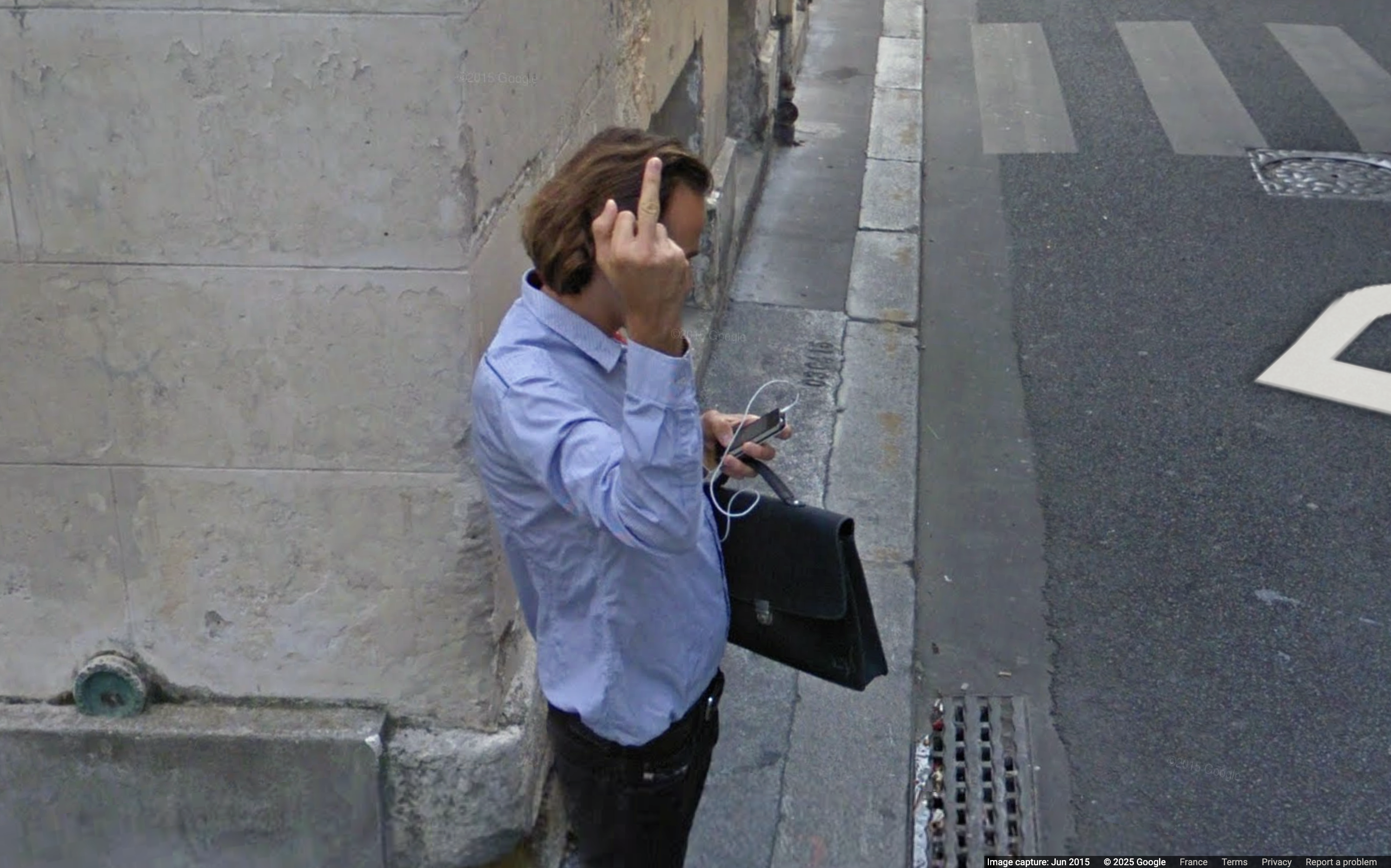 How ethical is Google Street View, asks Jon Rafman in Copenhagen
How ethical is Google Street View, asks Jon Rafman in CopenhagenIn 'Report a Concern - the Nine Eyes Archives' at Louisiana Museum of Art, Copenhagen, Jon Rafman considers technology's existential implications
-
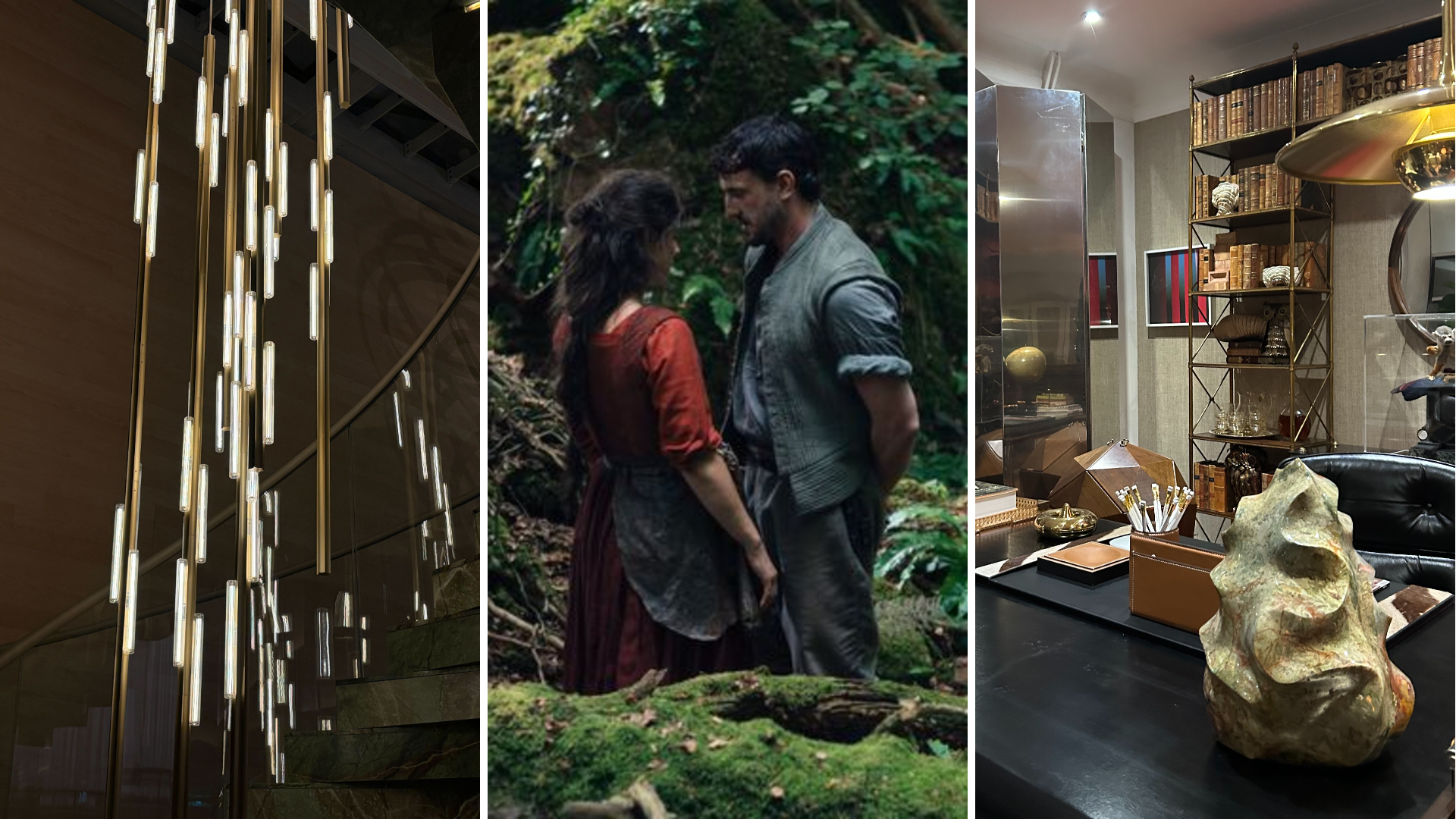 Out of office: The Wallpaper* editors’ picks of the week
Out of office: The Wallpaper* editors’ picks of the weekFar from slowing down for the festive season, the Wallpaper* team is in full swing, hopping from events to openings this week. Sometimes work can feel like play – and we also had time for some festive cocktails and cinematic releases
-
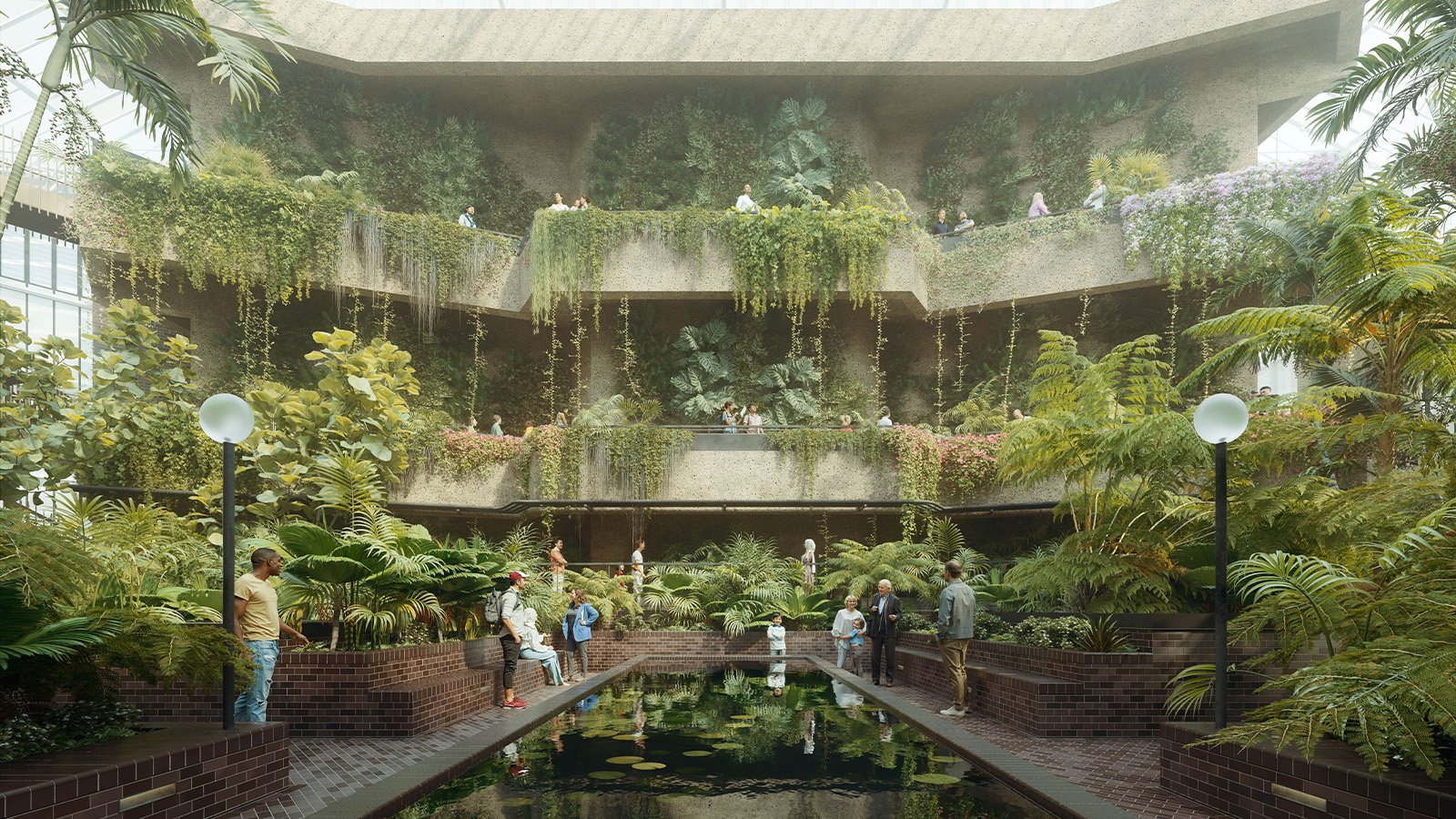 The Barbican is undergoing a huge revamp. Here’s what we know
The Barbican is undergoing a huge revamp. Here’s what we knowThe Barbican Centre is set to close in June 2028 for a year as part of a huge restoration plan to future-proof the brutalist Grade II-listed site
-
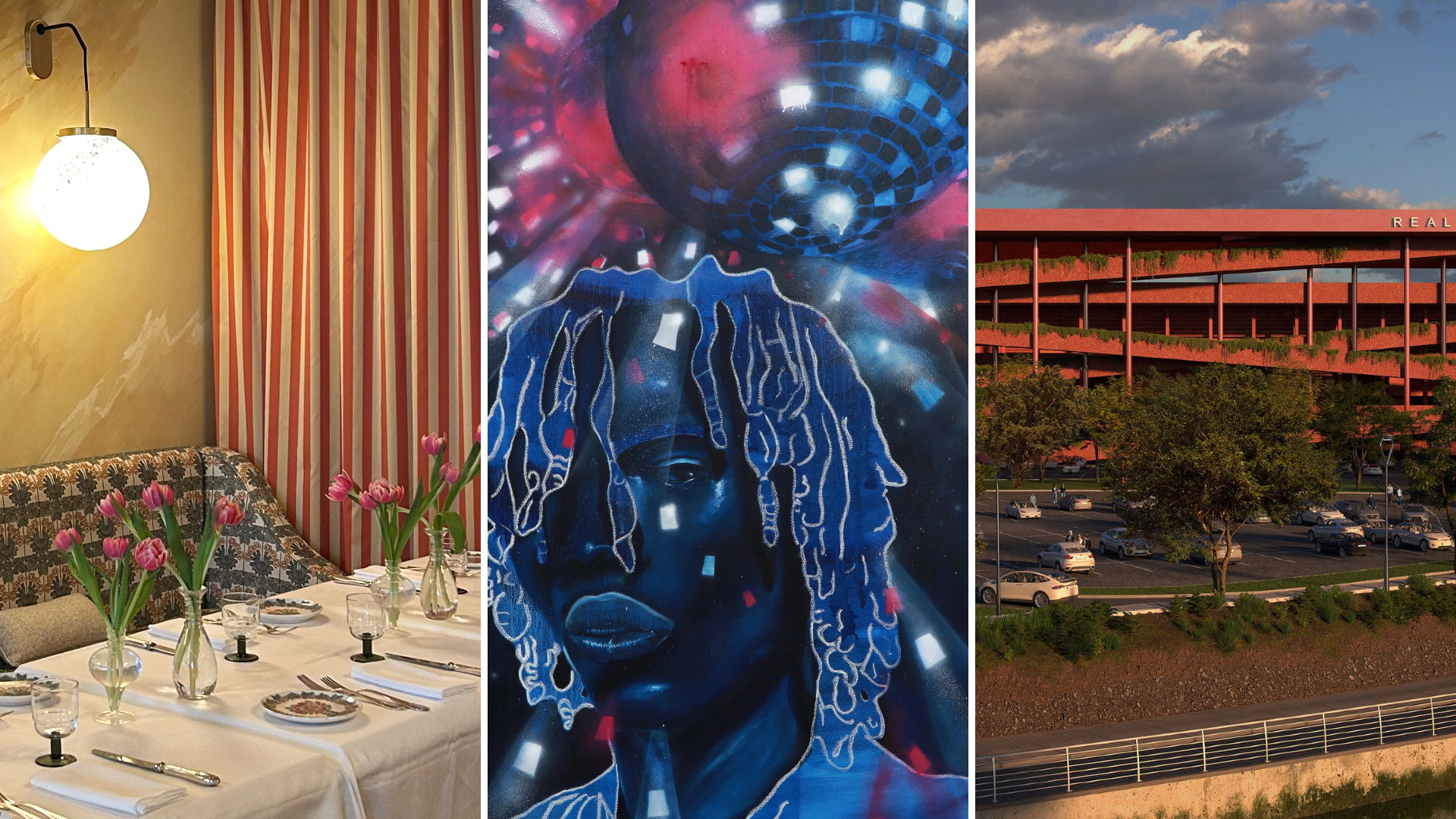 Out of office: The Wallpaper* editors’ picks of the week
Out of office: The Wallpaper* editors’ picks of the weekIt’s wet, windy and wintry and, this week, the Wallpaper* team craved moments of escape. We found it in memories of the Mediterranean, flavours of Mexico, and immersions in the worlds of music and art
-
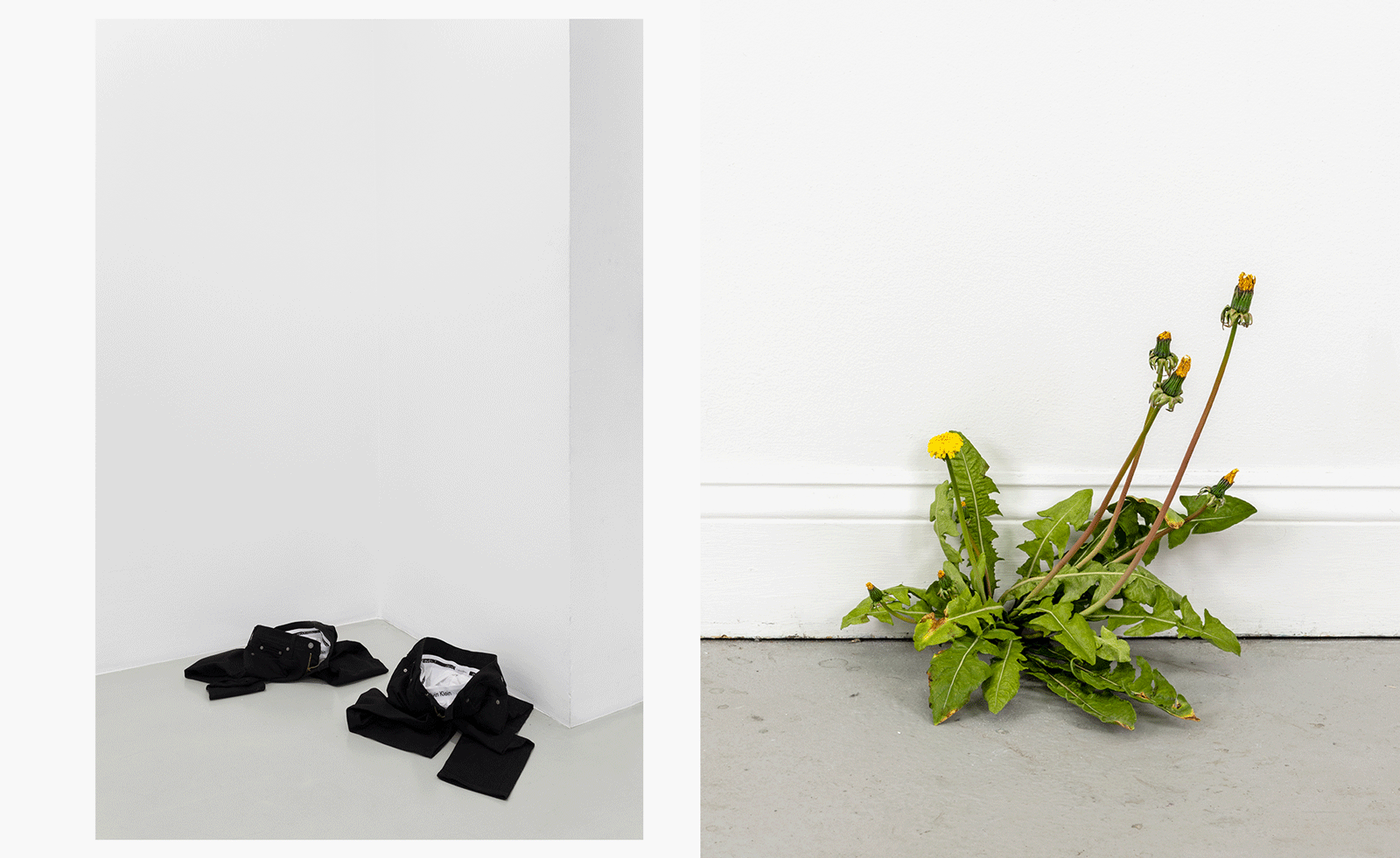 Each mundane object tells a story at Pace’s tribute to the everyday
Each mundane object tells a story at Pace’s tribute to the everydayIn a group exhibition, ‘Monument to the Unimportant’, artists give the seemingly insignificant – from discarded clothes to weeds in cracks – a longer look
-
 Out of office: The Wallpaper* editors’ picks of the week
Out of office: The Wallpaper* editors’ picks of the weekThis week, the Wallpaper* team had its finger on the pulse of architecture, interiors and fashion – while also scooping the latest on the Radiohead reunion and London’s buzziest pizza
-
 Out of office: The Wallpaper* editors’ picks of the week
Out of office: The Wallpaper* editors’ picks of the weekIt’s been a week of escapism: daydreams of Ghana sparked by lively local projects, glimpses of Tokyo on nostalgic film rolls, and a charming foray into the heart of Christmas as the festive season kicks off in earnest
-
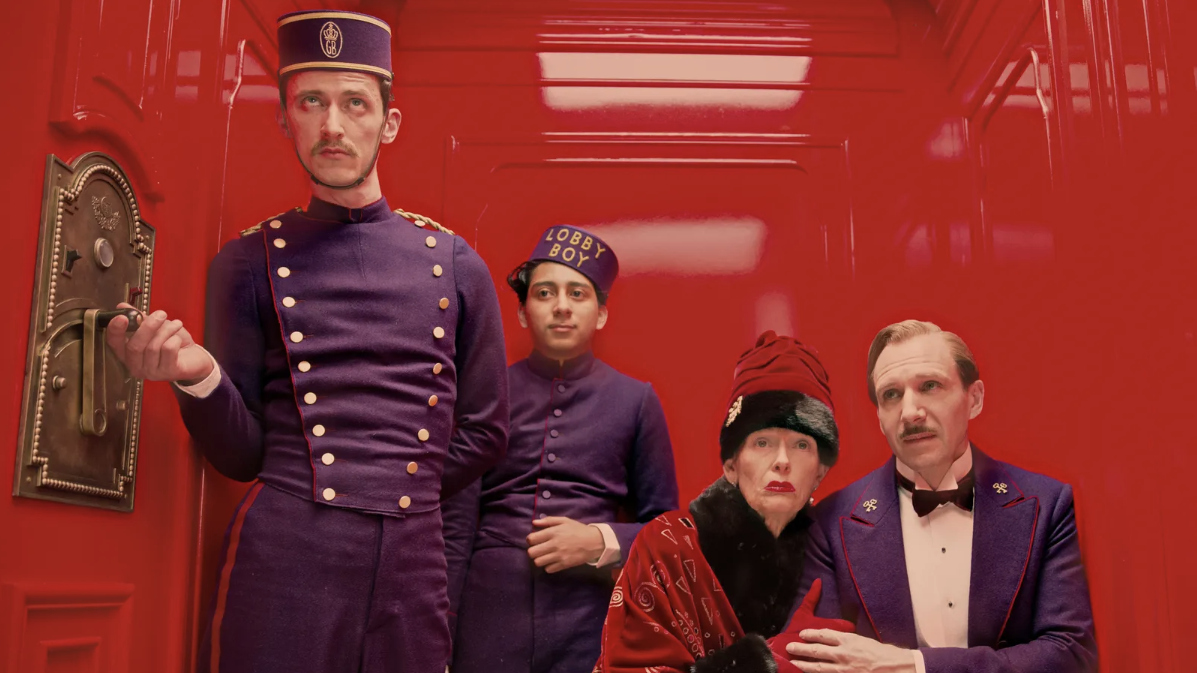 Wes Anderson at the Design Museum celebrates an obsessive attention to detail
Wes Anderson at the Design Museum celebrates an obsessive attention to detail‘Wes Anderson: The Archives’ pays tribute to the American film director’s career – expect props and puppets aplenty in this comprehensive London retrospective
-
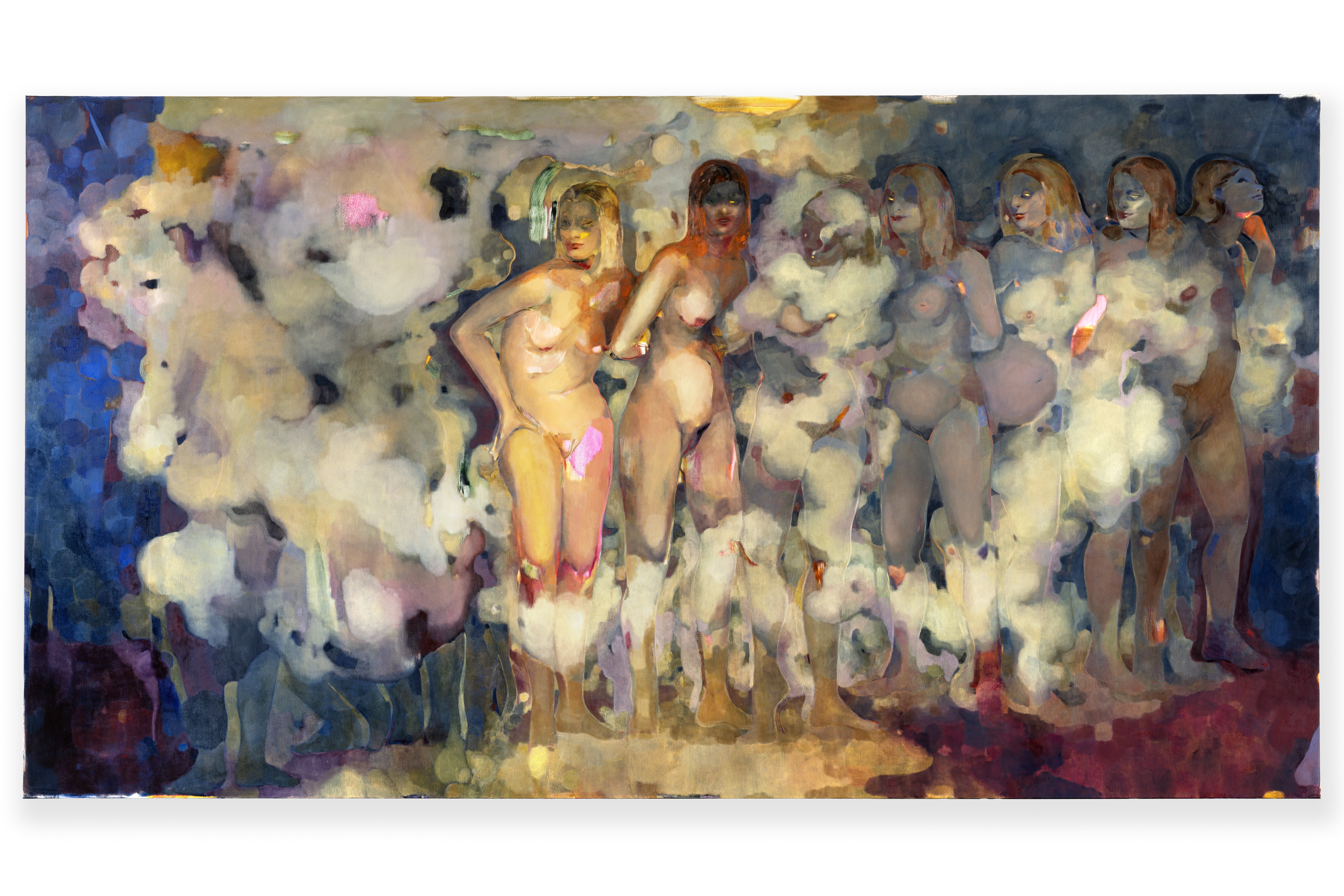 Meet Eva Helene Pade, the emerging artist redefining figurative painting
Meet Eva Helene Pade, the emerging artist redefining figurative paintingPade’s dreamlike figures in a crowd are currently on show at Thaddaeus Ropac London; she tells us about her need ‘to capture movements especially’